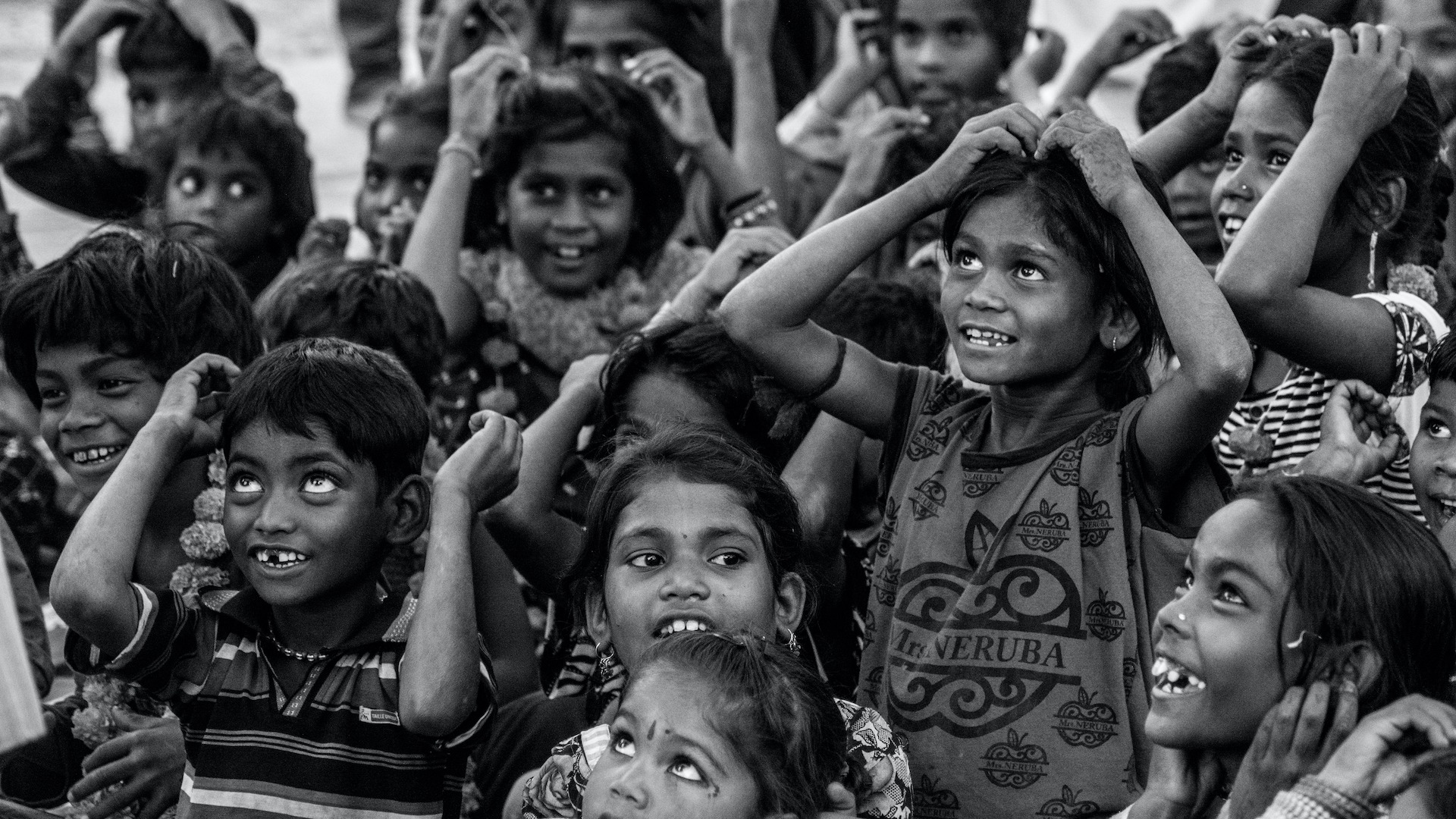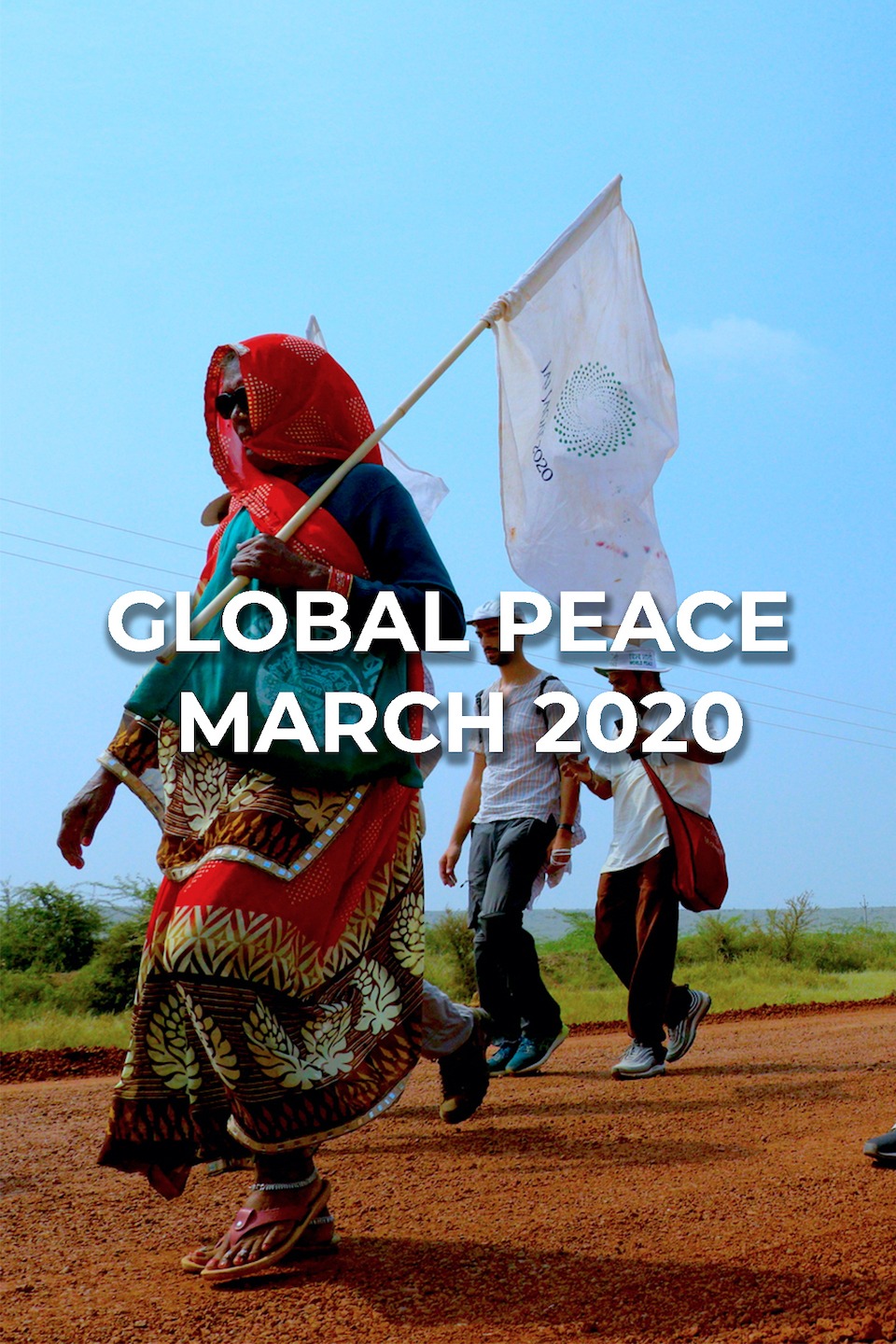I am text block. Click edit button to change this text. Lorem ipsum dolor sit amet, consectetur adipiscing elit. Ut elit tellus, luctus nec ullamcorper mattis, pulvinar dapibus leo.
Today’s model of education serves the need of the market – job creation and economic development. These have become the primary reasons for a child to seek education. But the question is, is education meant to build the market or build character for the wellbeing of all?
While peace today is popularly understood as the end of conflict and generally defined from the perspective of physical violence, the Jai Jagat frames peace as a result of justice and nonviolence. For this kind of peace to be achieved, there needs to be a reduction of inequalities, discrimination, poverty or climate crisis. It is common sense that people achieve a state of peace in the society when peace is with oneself and one’s community. When people have a sense of goodwill, there is a sense of oneness with the beings around us and with the earth. Wellbeing of all, or what Gandhi referred to as ‘Sarvodaya’ is one of the core values of peace education.
There are various approaches to peace education. Between 2001-2010, during the decade of the culture of peace, educators developed many kinds of peace education. The Jai Jagat is based on the EP model of training grassroots communities with a leadership training. The Jai Jagat has also explored youth training through mobilising urban youth. The Jai Jagat also worked with women to see how to make them peace builders. As Irene Santiago says: “men make war and ceasefires, women make peace”. Slow peace.
PEACE EDUCATION
Today’s model of education serves the need of the market – job creation and economic development. These have become the primary reasons for a child to seek education. But the question is, is education meant to build the market or build character for the wellbeing of all?
While peace today is popularly understood as the end of conflict and generally defined from the perspective of physical violence, the Jai Jagat frames peace as a result of justice and nonviolence. For this kind of peace to be achieved, there needs to be a reduction of inequalities, discrimination, poverty or climate crisis. It is common sense that people achieve a state of peace in the society when peace is with oneself and one’s community. When people have a sense of goodwill, there is a sense of oneness with the beings around us and with the earth. Wellbeing of all, or what Gandhi referred to as ‘Sarvodaya’ is one of the core values of peace education.
There are various approaches to peace education. Between 2001-2010, during the decade of the culture of peace, educators developed many kinds of peace education. The Jai Jagat is based on the EP model of training grassroots communities with a leadership training. The Jai Jagat has also explored youth training through mobilising urban youth. The Jai Jagat also worked with women to see how to make them peace builders. As Irene Santiago says: “men make war and ceasefires, women make peace”. Slow peace.


